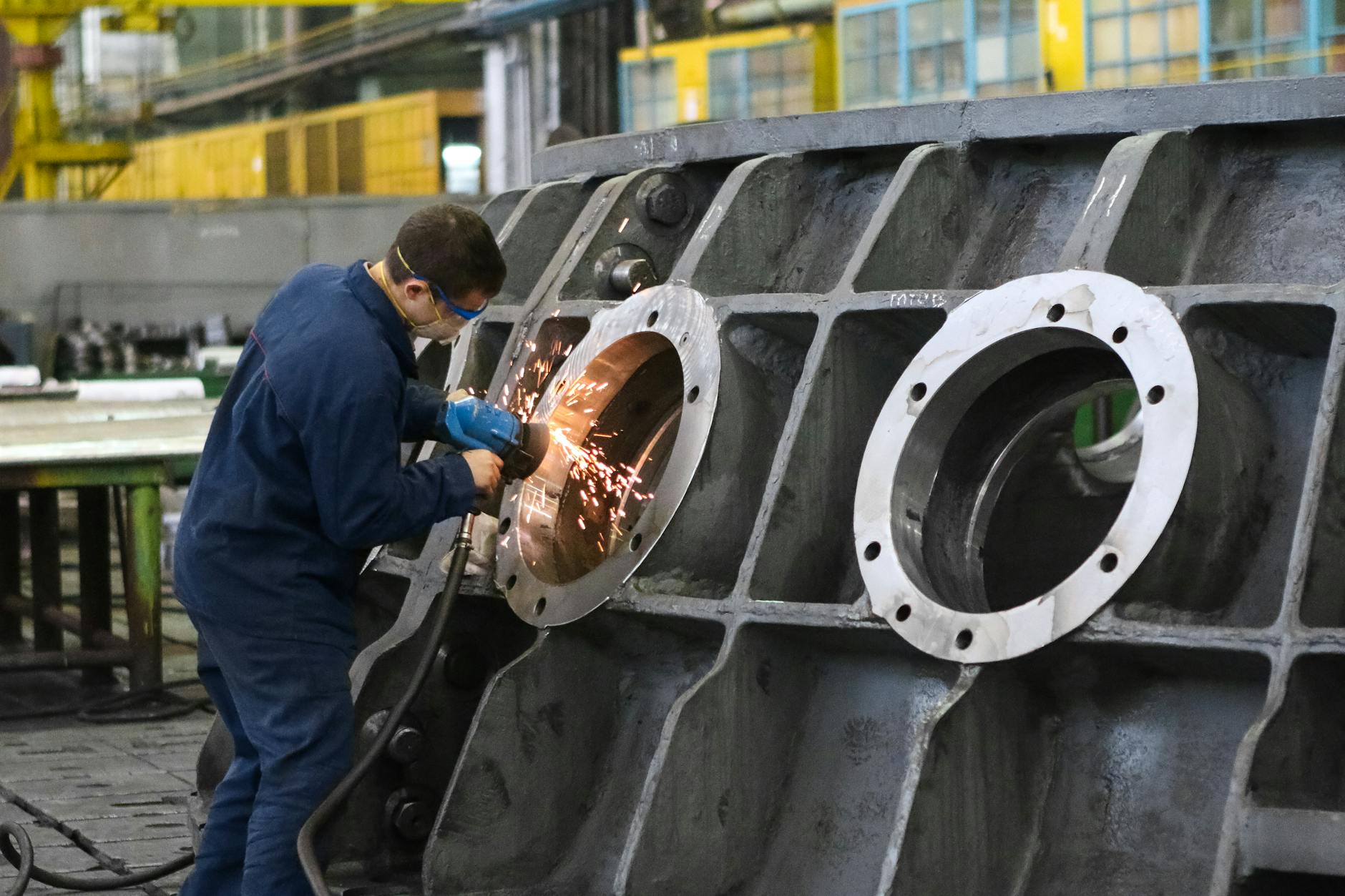
Handheld Power Tool Safety: Navigating Training and Personal Protective Equipment (PPE)
Introduction
Handheld power tools are indispensable in various industries, offering efficiency and precision. However, their use poses inherent risks, making safety paramount. This article delves into the importance of comprehensive training and the proper utilization of Personal Protective Equipment (PPE) to ensure the safe operation of handheld power tools.
Understanding the Risks Associated with Handheld Power Tools
- Common Hazards
- Electric Shock: Due to the electrical nature of many power tools.
- Cuts and Abrasions: From rotating blades or abrasive surfaces.
- Vibration-Related Injuries: Prolonged use can lead to hand-arm vibration syndrome.
- Potential Severity of Injuries
- Amputations: High-speed blades and moving parts can cause severe injuries.
- Electrocution: Improper use or faulty tools may result in electric shock.
- Long-term Health Issues: Repetitive use without proper precautions can lead to chronic conditions.
The Role of Training in Handheld Power Tool Safety
- Comprehensive Training Programs
- Tool Familiarization: Employees should be familiarized with each tool’s specifications and usage guidelines.
- Operational Techniques: Proper handling, operation, and maintenance must be part of the training curriculum.
- Emergency Procedures: Training on responding to accidents or tool malfunctions is essential.
- Hands-On Practical Sessions
- Supervised Practice: Ensure employees have supervised practical sessions to apply theoretical knowledge.
- Demonstration of Safe Practices: Instructors should demonstrate correct tool usage and safety measures.
- Regular Refresher Courses
- Updates on Safety Standards: Keep employees informed about any changes in safety standards.
- Skill Reinforcement: Regular refresher courses help reinforce safe operational skills.
Personal Protective Equipment (PPE) for Handheld Power Tool Users
- Eye Protection
- Safety Glasses: Essential to protect eyes from flying debris, dust, or sparks.
- Face Shields: Used for additional protection, especially when dealing with high-speed tools.
- Hearing Protection
- Earplugs or Earmuffs: Necessary to mitigate the risks of hearing damage due to prolonged exposure to loud tools.
- Hand and Arm Protection
- Gloves: Cut-resistant gloves protect hands from sharp edges and reduce vibration impact.
- Anti-Vibration Gloves: Specifically designed to minimize the impact of hand-arm vibration.
- Respiratory Protection
- Dust Masks or Respirators: Essential when working with materials that produce airborne particles or fumes.
- Appropriate Clothing
- Long Sleeves and Pants: Protect against cuts, abrasions, or contact with hot surfaces.
- Steel-Toed Boots: Guard against potential impact or crushing injuries.
Safe Operating Practices for Handheld Power Tools
- Pre-Use Inspection
- Check for Damage: Inspect tools for any visible damage before each use.
- Functional Testing: Ensure proper functionality of safety features and controls.
- Stable Work Surfaces
- Secure Workpieces: Properly secure materials to prevent movement during operation.
- Stable Footing: Maintain a stable stance to avoid losing balance while operating tools.
- Proper Tool Selection
- Select the Right Tool: Choose the appropriate tool for the specific task at hand.
- Inspect Blades and Attachments: Ensure blades and attachments are suitable for the intended use.
- Work in Well-Lit Areas
- Enhanced Visibility: Proper lighting minimizes the risk of errors or accidents due to poor visibility.
- Tool-Specific Safety Measures
- Follow Manufacturer Guidelines: Adhere to the manufacturer’s recommendations for safe use.
- Use Guards and Safety Features: Keep guards and safety features in place to prevent accidents.
Conclusion
Handheld power tools, when used safely, contribute to increased efficiency and productivity. By prioritizing comprehensive training programs and ensuring the consistent use of Personal Protective Equipment (PPE), organizations can create a culture of safety. Implementing safe operating practices further reduces the risk of injuries, fostering a secure working environment for all.
Fire Hazards and Control Measures
What is the Life of a Fire Sprinkler?
Frequently Asked Questions (FAQs)
- What are the common hazards associated with handheld power tools?
- Common hazards include electric shock, cuts, abrasions, and vibration-related injuries.
- How can organizations ensure handheld power tool safety through training?
- Organizations can ensure safety through comprehensive training programs, practical sessions, and regular refresher courses.
- What Personal Protective Equipment (PPE) is essential for handheld power tool users?
- Essential PPE includes eye protection, hearing protection, hand and arm protection, respiratory protection, and appropriate clothing.
- What are some safe operating practices for handheld power tools?
- Safe practices include pre-use inspections, working on stable surfaces, proper tool selection, working in well-lit areas, and adhering to tool-specific safety measures.
























